“If one really wishes to know how justice is administered in a country, one does not question the policemen, the lawyers, the judges, or the protected members of the middle class. One goes to the unprotected – those, precisely, who need the law’s protection most! – and listens to their testimony.” –James A. Baldwin
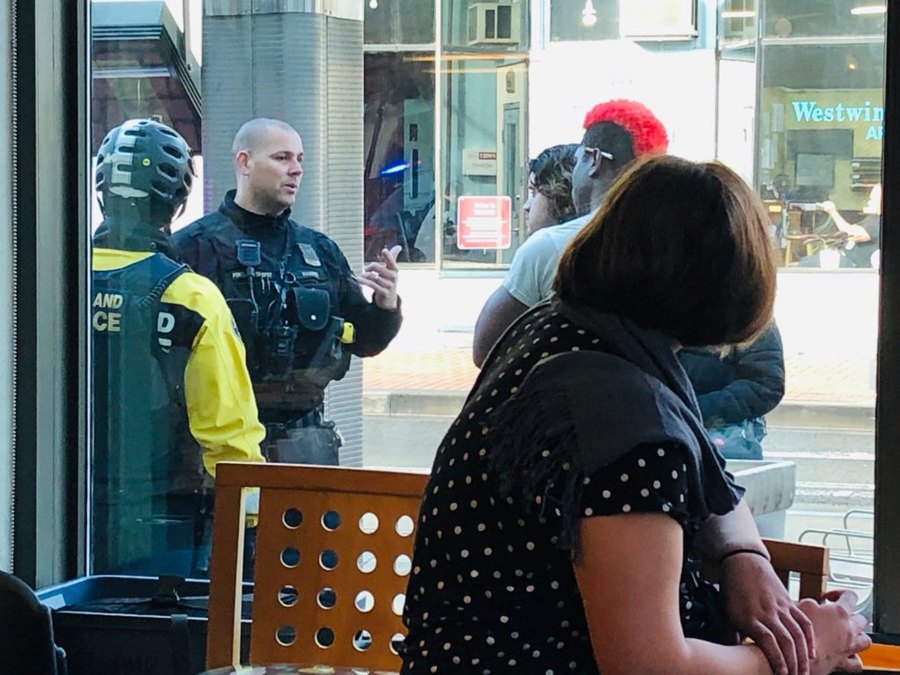
We all arrive with around 200 billion neurons in our infant brains, which are subsequently shaped, transformed, networked and winnowed down to about 86 billion in each adult. Adolescents build their brains in response to the kindnesses and challenges they face, developing skills, biases and behaviors which help them survive – and ideally thrive – in their own communities…
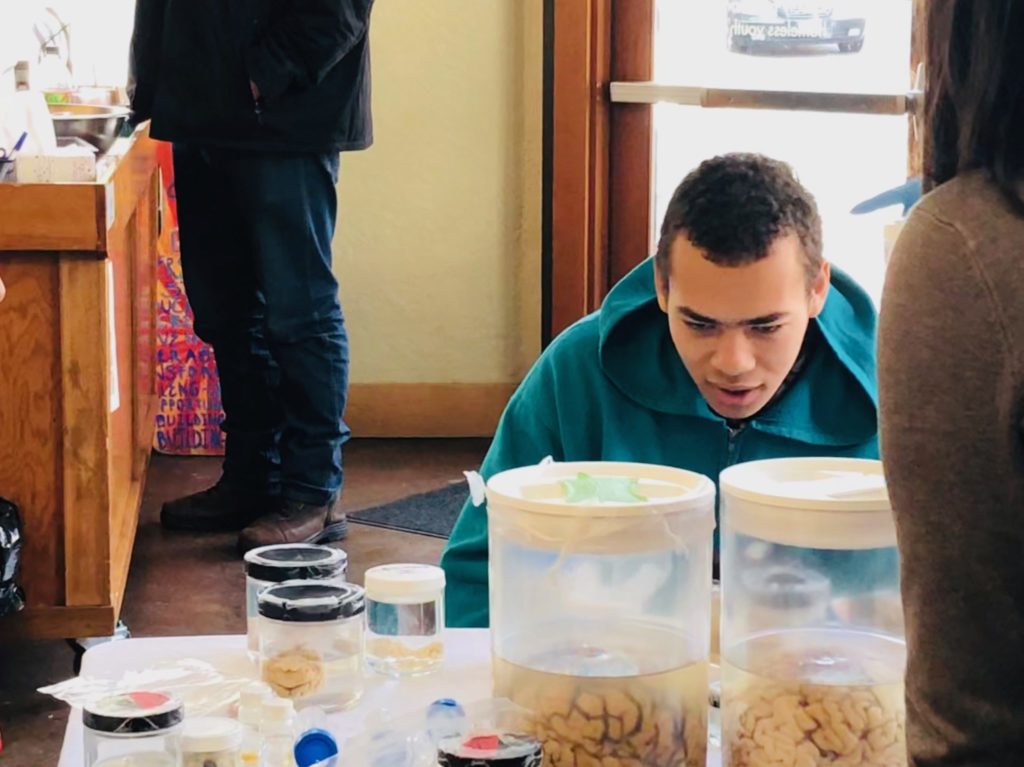
“The brain struggling to understand the brain is society trying to explain itself.” –Colin Blakemore
LEARN MORE: Brain Development During Adolescence
LEARN MORE: The Human Brain in Numbers: A Linearly Scaled-up Primate Brain
LEARN MORE: ADOLESCENT BRAIN COGNITIVE DEVELOPMENT STUDY
Yet all of us do not experience the same kindnesses, challenges or community. People treat you differently depending on who you are, the resources you have, and how you look, act, move, talk and dress. Psychologist Kimberly Kahn at Portland State University found, for example, that even crossing the street is influenced by race, since drivers will stop less often and drive much closer to black pedestrians than white.

LEARN MORE: Racial Bias in Drivers’ Yielding Behavior at Crosswalks
LEARN MORE: Walking While Black: New Research Examines Why It’s So Dangerous
Years ago, celebrated neuroscientist Marian Diamond, something of a patron saint for Noggin with her passion for outreach and her famous traveling hatbox containing a human brain, discovered how community enrichment expanded the number of neuronal connections, with brain cells sprouting dendritic spines to accommodate additional synapses…
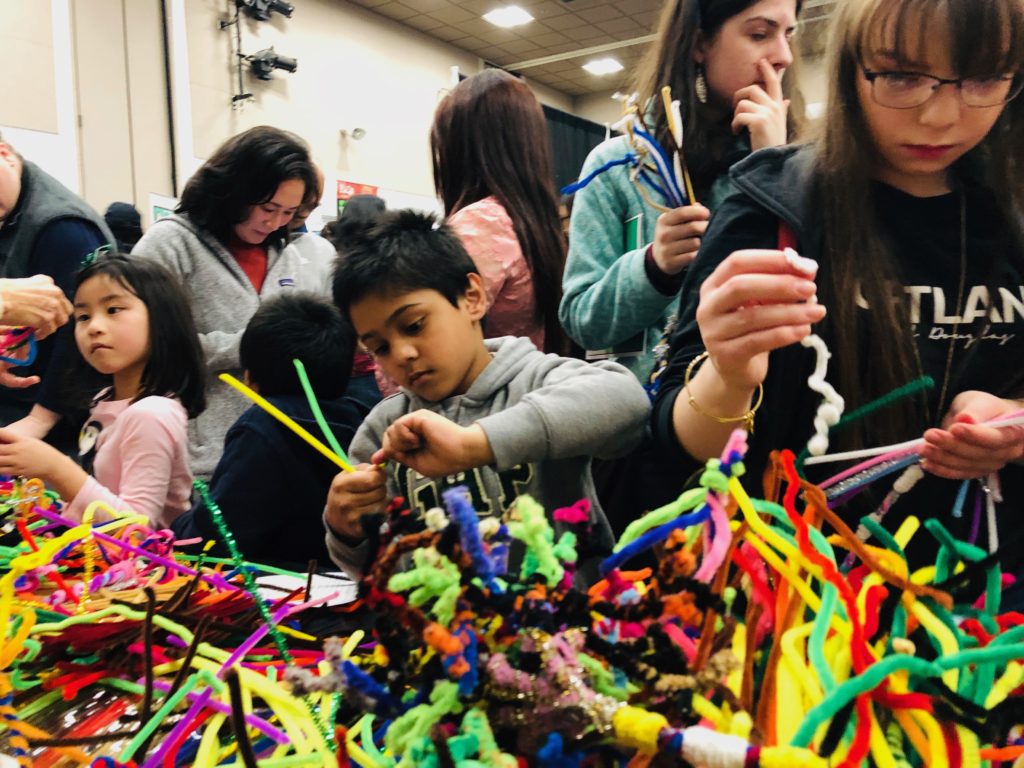
More synapses mean more potential routes for information to flow in flexible, “plastic” young brains, synapses which are subsequently pruned back significantly as networks solidify in response to further life experience. Diamond’s work spurred federal investment in Head Start, a program that promotes the school readiness of young children from low-income families by providing opportunities for educational enrichment…
LEARN MORE: Office of Head Start
LEARN MORE: Response of the brain to enrichment
LEARN MORE: Synaptic plasticity in the adolescent development of executive function
Yet inequality defines the United States.
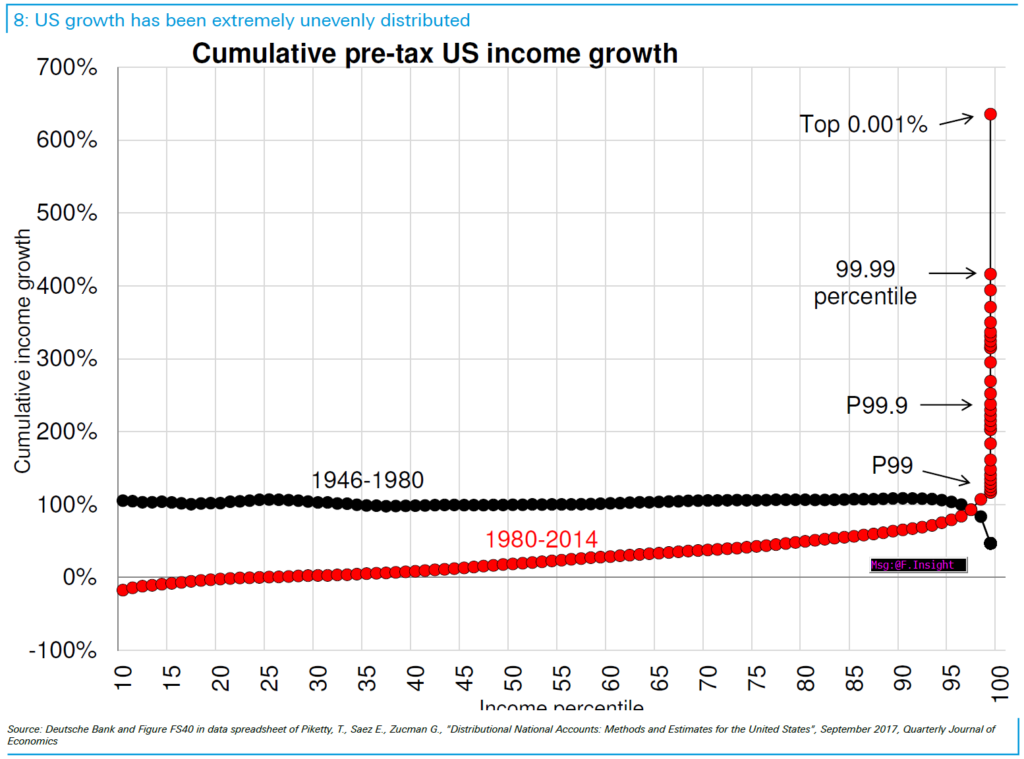
IMAGE SOURCE: 1946-1980: Virtually everybody in the U.S. saw their post-tax income double, except the very wealthy; 1980-2014: Almost half the population failed to register any growth in their income at all, while the top 1% have enjoyed extraordinary growth…
LEARN MORE: Let Me Tell You How It Will Be ’Cause I’m the Taxman
At p:ear, a non-profit center for Portland’s homeless youth, we regularly meet extraordinary young people who lack financial resources, health care, and safe places to sleep, many suffering from trauma, violence, stress, sleep deprivation and struggles with mental health. In contrast, in the wealthier, more privileged enclaves of Oregon, some affluent families are busy paying huge bribes to get their children into exclusive colleges…
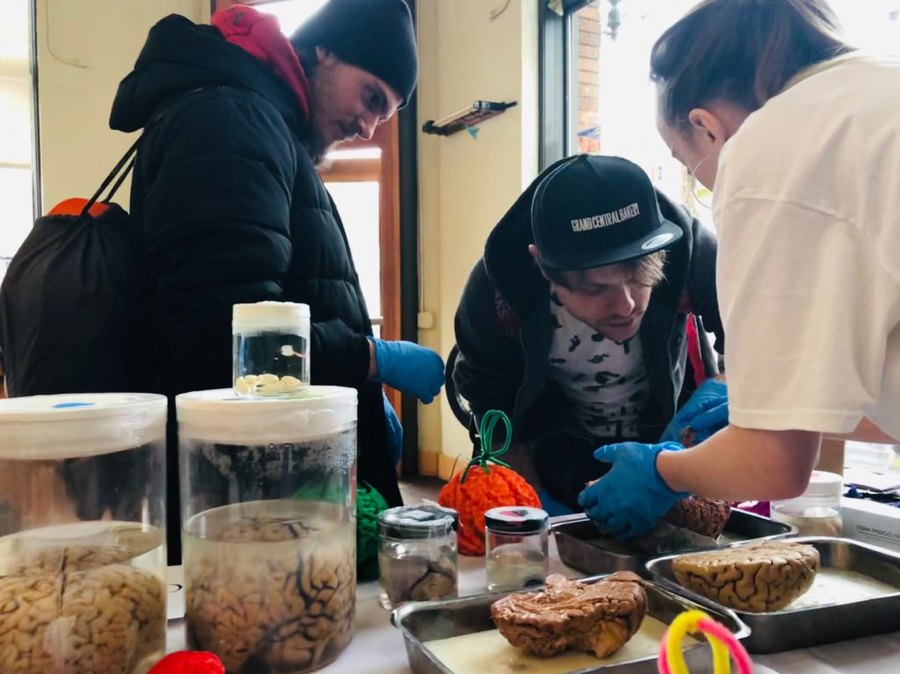
“I’m so tired of waiting, aren’t you, for the world to become good and beautiful and kind?” –Langston Hughes
LEARN MORE: Noggin @ p:ear
LEARN MORE: Income inequality in Oregon reaches record high
LEARN MORE: Income inequality, gene expression, and brain maturation during adolescence
LEARN MORE: Inequality Squares Up With Brain Function, Behavior
LEARN MORE: Oregon winery owner charged in college admissions scandal
At p:ear we’ve had intense, powerful conversations with adolescents working to overcome drug dependence, anxiety, depression, abandonment, bias – and often a strong sense that many, if not most people pass them by, without care or notice, or actively harass and abuse them, as if they somehow weren’t valuable human members of our community.
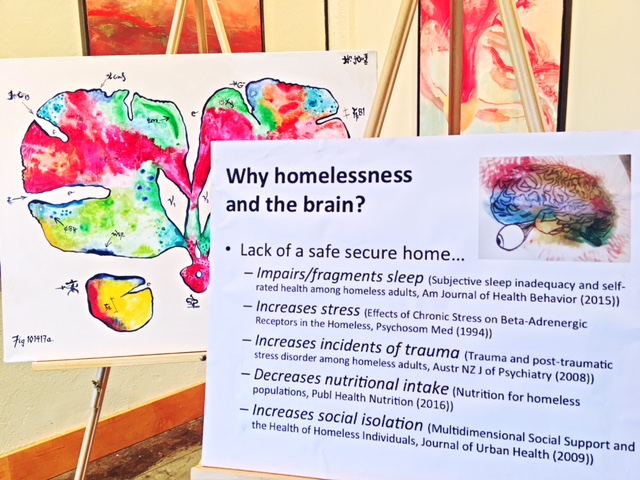
“It’s like people see me as an object, not as a human being.”
Lasana Harris at University College London and Susan Fiske at Princeton found that those of us enjoying safe housing and social privilege respond harshly to images of individuals belonging to “extreme outgroups,” including young people without homes, perceiving them as less “warm” and “competent” than others. They “…elicit disgust, an emotion that is not exclusively social, being directed both at people and objects that seem repellant.”
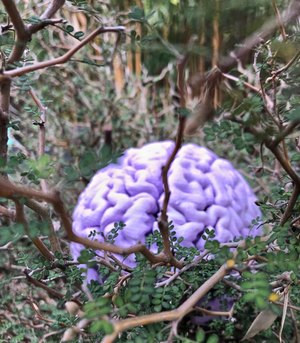
In addition, neural networks in our frontal lobes (including areas of the medial prefrontal cortex), which are essential for social cognition and for responding to others as human beings with relatable hopes, thoughts, dreams and lives – responded less to images of homeless youth.
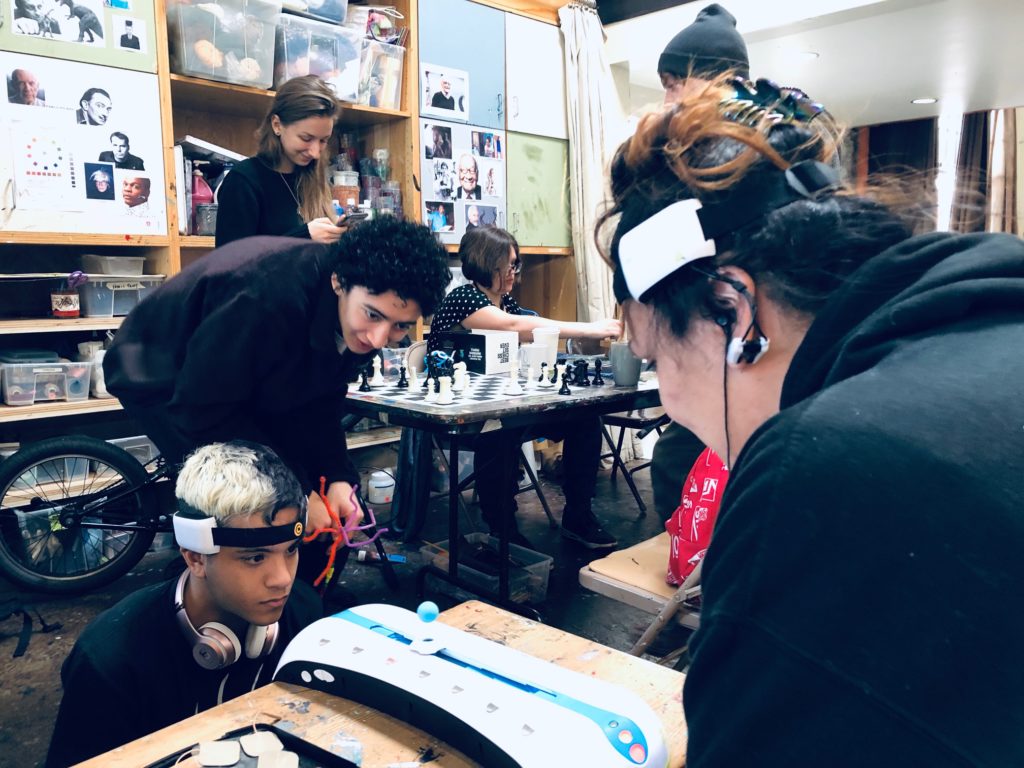
“It is a terrible, an inexorable, law that one cannot deny the humanity of another without diminishing one’s own…” –James A. Baldwin
LEARN MORE: Landscapes of the Brain: Seeing us all through research & art
LEARN MORE: Social groups that elicit disgust are differentially processed in mPFC
LEARN MORE: Social neuroscience evidence for dehumanised perception
LEARN MORE: Social cognition and the brain: a meta-analysis
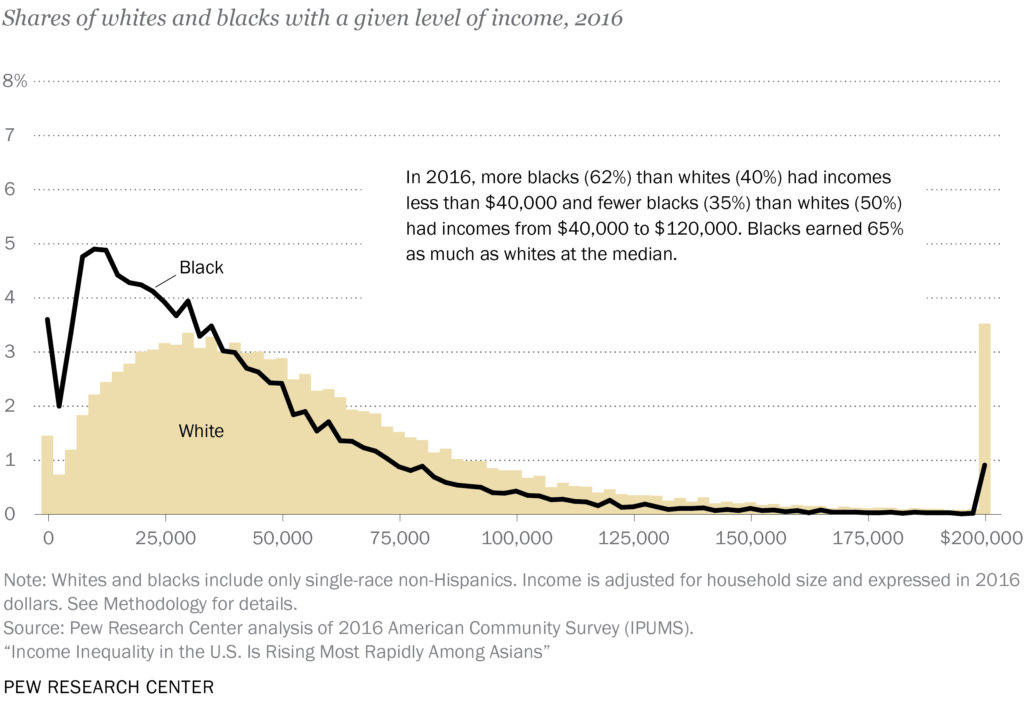
LEARN MORE: Incomes of whites, blacks, Hispanics and Asians in the U.S.
The staggeringly unequal distribution of income and resources, coupled with the biases and racism directed towards historically marginalized members of our community, is clearly unhealthy for the functioning and development of everyone’s brain.
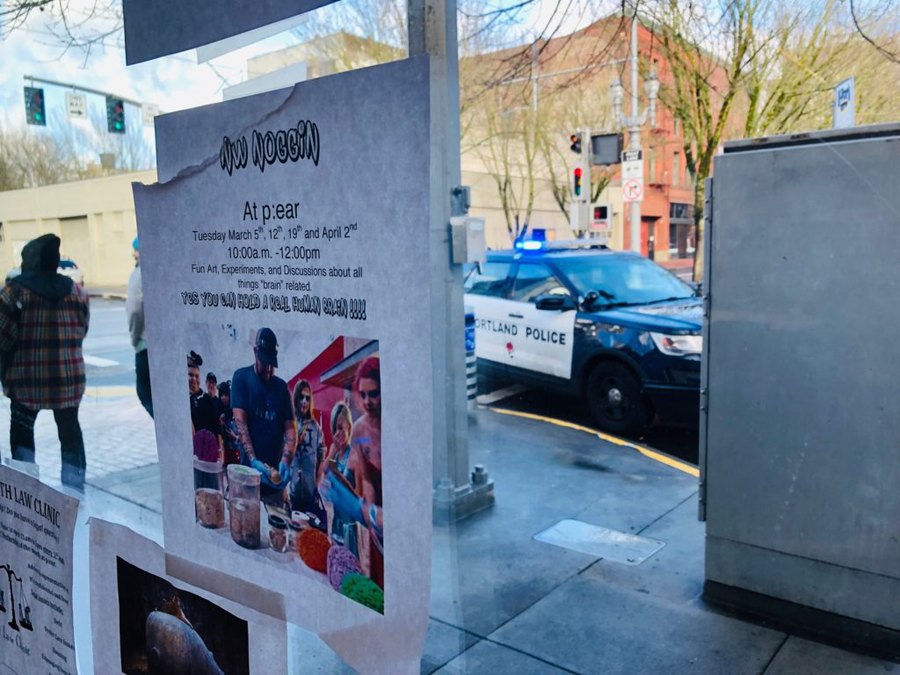
WHAT HAPPENED AT P:EAR
When we arrived at p:ear on a bright Tuesday morning, there were three police vehicles with lights flashing outside the building and seven, heavily armed officers – five of them holding one black teenager in the middle of the street, who was calling out: “I didn’t do anything wrong!”
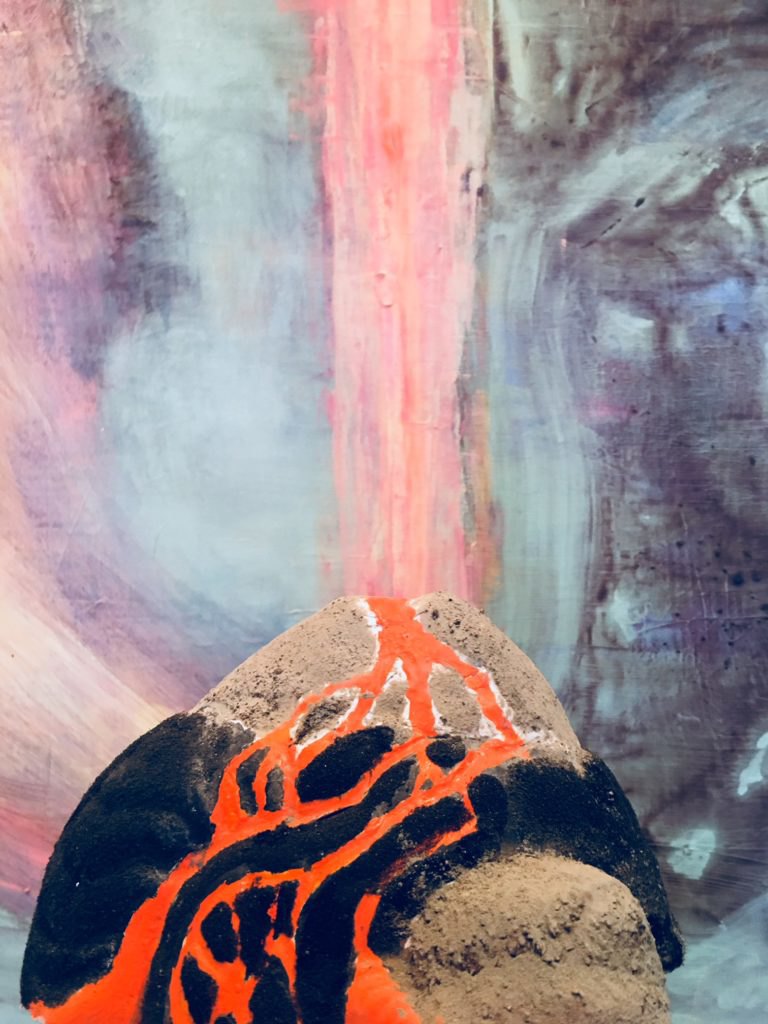
From Will Kendall, the Art Director at p:ear: “I witnessed a couple of youth leaving the p:ear space with a green marijuana container in hand. I asked them to a) keep their weed cancelled in our space and b) if they did plan on smoking to go at least two blocks from the p:ear space. They agreed to both requests easily and even had a sense of appreciation that I was not judging them for what they were about to do. For a lot of youth who come to p:ear who are experiencing post traumatic stress disorder, anxiety, and a multitude of social challenges, smoking weed can be soothing. Since our approach is based on harm reduction rather than abstinence we at p:ear take the position of not addressing marijuana related activities other than request that youth be able to maintain themselves within our space and that a two block radius be maintained when smoking pot as we do not want police attention near our space, among other reasons.”
LEARN MORE: Trauma Among Unaccompanied Homeless Youth
LEARN MORE: Victimization and posttraumatic stress disorder among homeless adolescents
LEARN MORE: Relief-oriented use of marijuana by teens
LEARN MORE: Cannabinoid-related agents in the treatment of anxiety disorders
LEARN MORE: Young People’s More Permissive Views About Marijuana
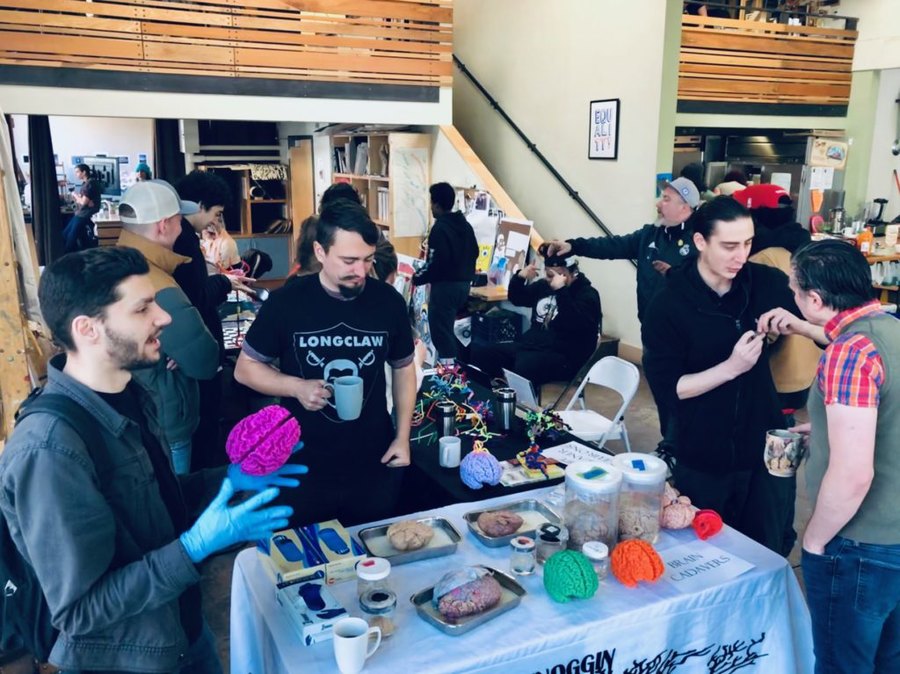
“For a black man, to assert your dignity before the police was to risk assault.”–Garnette Cadogan
“Shortly after leaving both youth came back into p:ear and were quickly followed by a police officer saying ‘come here,’ and ‘get over here.’ The youth walked to the far side of our space to avoid interactions with the police but were followed by the officer who multiple times reached out to try grabbing the youth, who avoided contact. After about 20 seconds of this our Executive Director intercepted the officer and ask if they could please talk outside. The police officer agreed and after a couple of minutes I was informed that the officer would be coming in regardless of our requests for him not to because he claimed he had seen both youth smoking meth. At that point I asked the youth involved to go outside our space because the police would be coming in if he didn’t. It was clear at this point that the youth involved were very anxious and demonstrating a fight or flight (PTSD) behavior. The youth agreed to go, but as he got outside the officer immediately tried to physically detain him. It was at this point that the youth was unreachable as his past trauma was triggered and he was in full fight mode. Shortly after, more police cars arrived and the youth was detained by five officers and placed in the back of the car. For most youth in our space it was clear that they were also impacted by all this activity and having their own experiences of anxiety. The outside of p:ear was filled with police officers, police cars and youth who had come out of our space with cellphones to record the interaction.”
WHAT WENT WRONG
“In order to change a situation one has first to see it for what it is.” ― James A. Baldwin
A traumatized, homeless black teenager apparently smoked marijuana – and heavily armed police officers pursued him into a normally welcoming secure community space for young people without safe places to sleep.
What is the goal here? If it is concern over the abuse of methamphetamine, a drug with potentially far more severe consequences than marijuana, then the police were in error, since no meth was involved.
LEARN MORE: NIH/NIDA on Methamphetamine
LEARN MORE: Risk factors for methamphetamine use in youth
LEARN MORE: Adolescent Brain Development and Drugs
If the officer was hoping to talk with this young man, who has experienced significant trauma, “grabbing” at him in the p:ear space is exactly the wrong approach – if, say, your aim is to help defuse the situation, and perhaps make a point about the risk of drug use during adolescence.
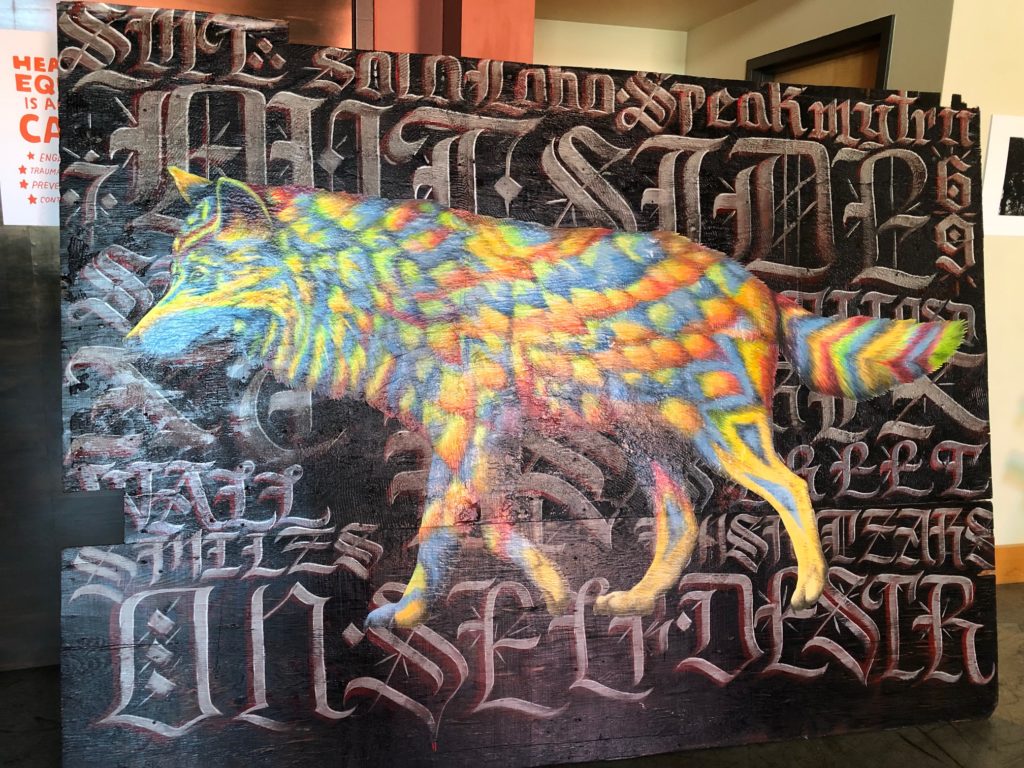
Artwork at p:ear by Jesse Hazelip
Regulating emotions is difficult for everyone, but it’s particularly hard for young people with developing brains. They often can’t inhibit impulsive responses even when they have a warm home, a comfortable bed and a caring family to support them – but when you’re sleeping rough, and subjected to violence, trauma, bias and stress, this is even less likely.

From Homelessness & the Brain @ p:ear
LEARN MORE: The Brain’s Emotional Development
LEARN MORE: The Neuroscience of Emotion Regulation Development
LEARN MORE: Emotion regulation difficulties in traumatized youth
LEARN MORE: Childhood Maltreatment, Emotional Dysregulation, and Psychiatric Comorbidities
LEARN MORE: The Biological Effects of Childhood Trauma
In fact, sleep deprivation and trauma will dramatically reduce anyone’s ability to control their emotional responses to threatening experiences, like being pursued by heavily armed police. To better direct strong emotions, you need to coordinate activity in networks which permit informed reflection, re-framing and decision making. These brain networks, involving regions of the frontal lobes, are under development in teenagers, and when functional let them inhibit inappropriate responses driven by subcortical (“below the cortex”) brain structures, including one called the amygdala.

LEARN MORE: Amygdala–frontal connectivity during emotion regulation
LEARN MORE: Carry on my wayward son
Raising the emotional temperature overwhelms these regulatory networks and increases the risk of impulsive behavior, and a poor outcome. And given the documented history of racist bias in Portland housing, and police – including recent evidence of police collusion with a white supremacist-linked organization in Clark County – armed white officers rushing into p:ear and grabbing at traumatized black teenagers is predictably threatening, and Will here clearly describes the inevitable result: “the youth was unreachable as his past trauma was triggered and he was in full fight mode.”
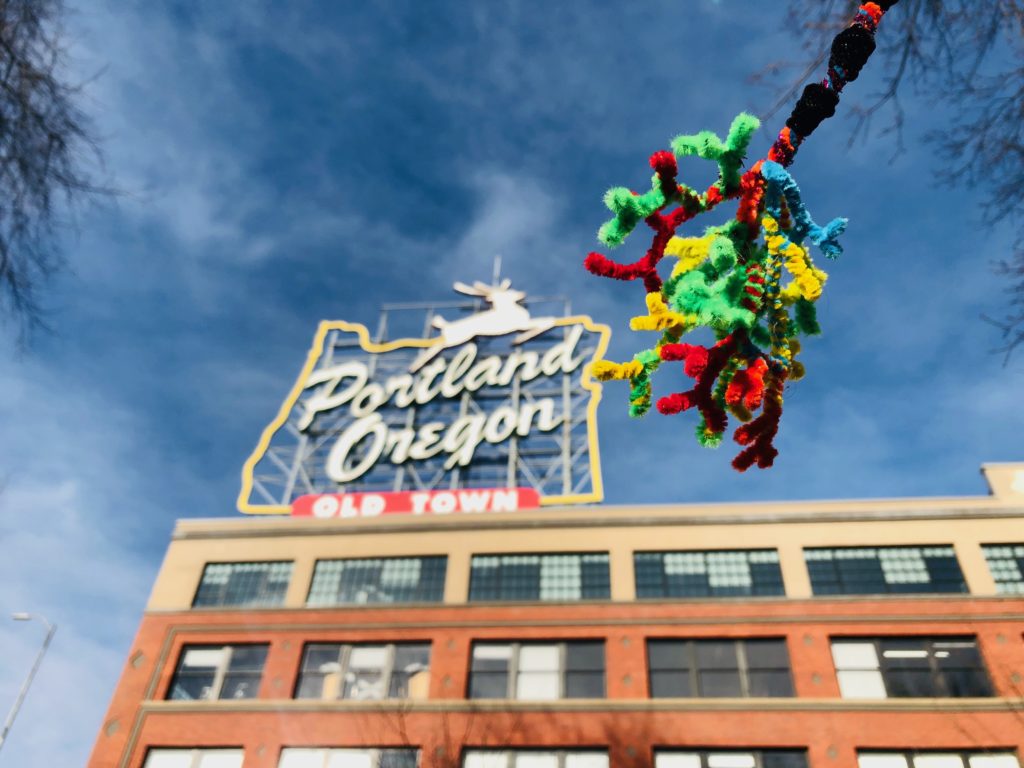
“A report released by the Portland Police Bureau found 71 percent of community members only trust the police somewhat, a little or not at all – and that lack of trust is much higher in communities of color.” – Oregon Public Broadcasting

LEARN MORE: Corrections, Bias & Brains
LEARN MORE: Report Quantifies Mistrust Of The Portland Police Bureau
LEARN MORE: The Racist History of Portland, the Whitest City in America
LEARN MORE: U.S. v. City of Portland, Joint Settlement Agreement
LEARN MORE: Oregon Encyclopedia on Blacks in Oregon
HOW TO DO BETTER
“An America that asks what it owes its most vulnerable citizens is improved and humane. An America that looks away is ignoring not just the sins of the past but the sins of the present and the certain sins of the future.” – Ta-Nehisi Coates
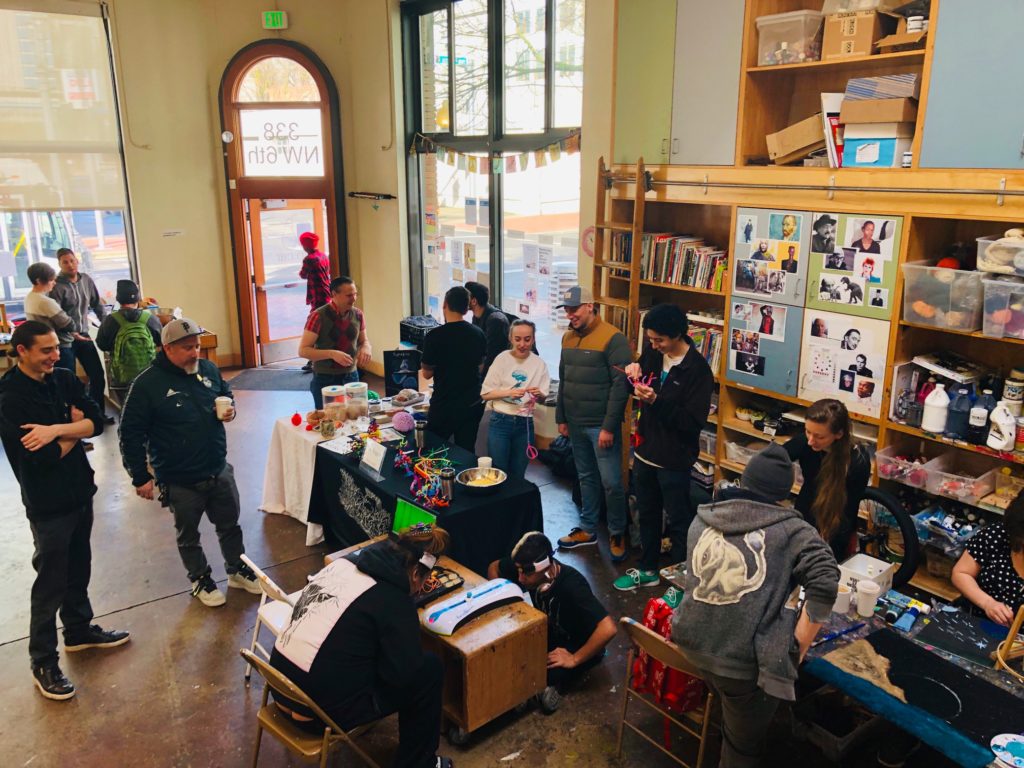
Learning, discovery, connections – and community
Check your bias. All of us jump to conclusions, and respond to “stimuli” in our environments – including other people – based on past experience. Research points to race as an important construct that drives our perceptions, and implicitly biases our social decision making, which may, in part, drive actions taken by law enforcement…

“It is, strangely, acceptable to mock and demonise teenagers” – Sarah Jane Blakemore
LEARN MORE: Sarah-Jayne Blakemore: ‘It is, strangely, acceptable to mock and demonise teenagers’
LEARN MORE: Race, Bias & Brain: You Can’t Control Art
For Portland police, who carry guns, being aware of racial and mental health biases is essential, because people are dying. An affluent white teenager openly smoking marijuana in the West Hills won’t likely be chased and grabbed, set upon by five officers and shoved into a police car like the one traumatized, homeless black teenager we saw at p:ear.
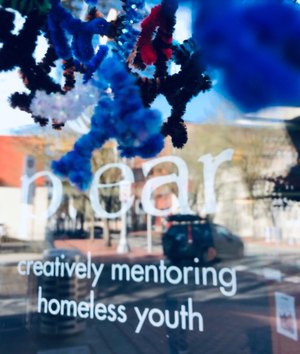
For trained police officers, engaging their own frontal lobe decision making networks and inhibiting their own impulsive responses under these circumstance would be a less biased, less dangerous, healthier and more effective approach.
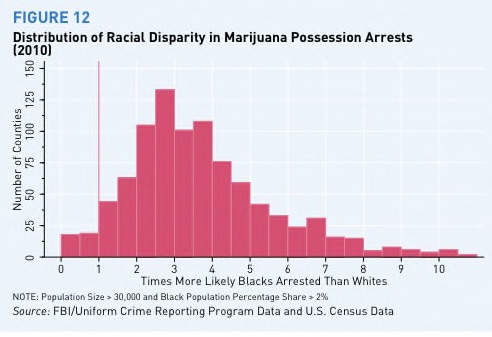
LEARN MORE: The black/white marijuana arrest gap, in nine charts
LEARN MORE: Secret Portland memo details lapses in arrest of black man
LEARN MORE: Portland police sergeant’s inflammatory roll call statements released a year after his firing
LEARN MORE: Portland Police Sergeant to Cops: ‘If You Come Across a Black Person, Just Shoot Them’
LEARN MORE: Officers shoot, kill person in SW Portland, protesters gather at scene
LEARN MORE: Can Cops Unlearn Their Unconscious Biases?

The endemic inequity and bias we witnessed at p:ear vividly recalls Anna Deavere Smith‘s powerful Twilight Los Angeles, 1992, where she quoted and performed as different people reacting to the riots sparked by video of the police beating of Rodney King…
“Who’s they?
that’s interesting,…
Even the times that I have been arrested
they always make comments
about God, you look like Mr.,
uh,
all-American white boy.
That has actually been said to me
by a…by a
cop…
I remember being arrested in Santa Barbara one time
and
driving back
in the cop car
and having a conversation about tennis
with the cops.
So,
ah,
I’m sure I’m seen by the police totally different
than a black man.”
-Excerpts from “They,” Anna Deveare Smith in Twilight Los Angeles 1992
Lower the temperature. Why were there three police cars, and seven cops, for one homeless youth smoking marijuana? Again, this increases the emotional reactivity of everyone involved, and overwhelms those developing frontal lobe networks critical for better regulating our behavior.
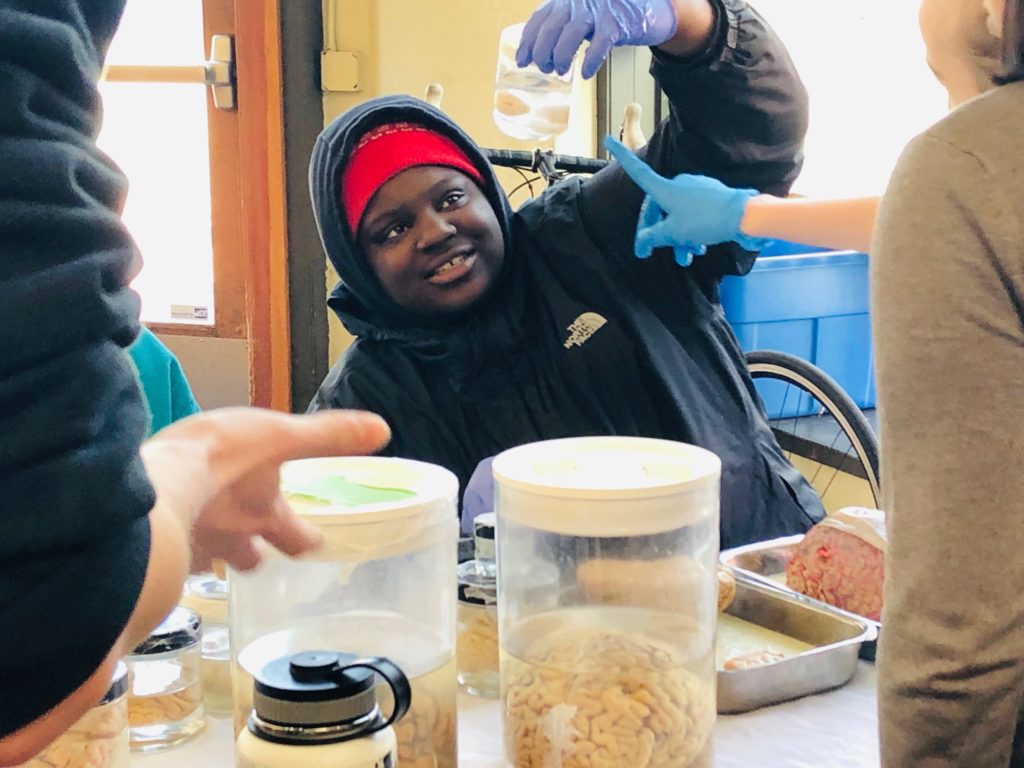
Go places, and listen. It is heartening to see efforts by the City of Portland to address implicit bias in police, and encourage better neighborhood connections…

LEARN MORE: Directive 1501.00, Field Training and Evaluation Program
The more people we listen to, share stories with, and meet, the more informed we are about all the fascinating individuals, opportunities, desires and critical needs that exist in our community. Lasana and Fiske also found that learning something about a person we’d discounted helped switch important brain networks back on. If we engage with others, learn who they are, perhaps look at the art they create, we are less likely to adopt an “us vs. them” approach, and more apt to see other people and form stronger connections that support and promote a healthier, safer, and more equitable Portland…
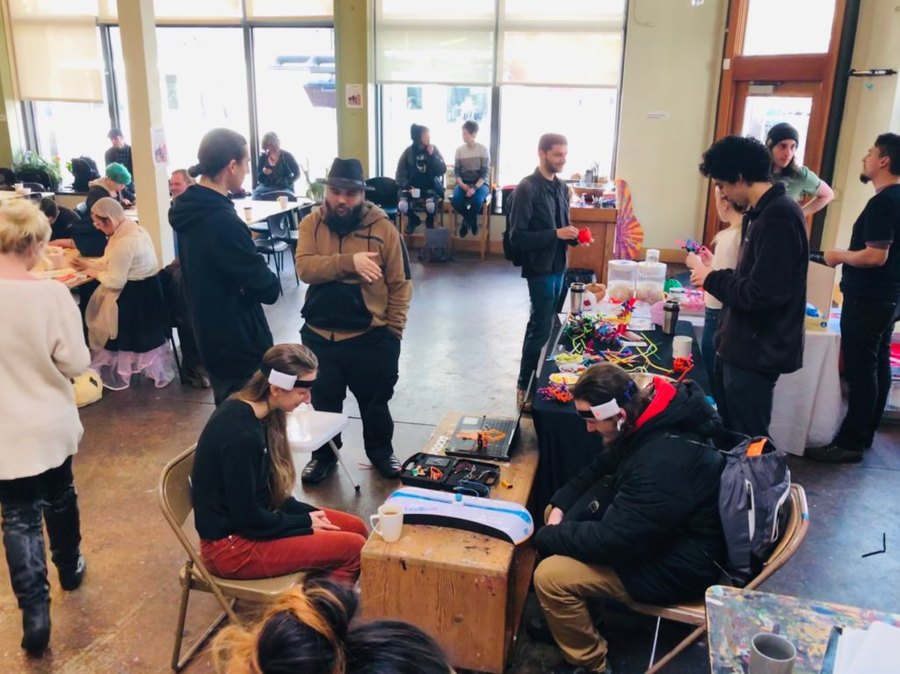
LEARN MORE: Landscapes of the Brain – Seeing us all through research and art
And perhaps investing more public dollars in affordable housing, education, enrichment and safe, open, healing, community spaces like p:ear is preferable to adding more heavily armed police officers on Portland streets.
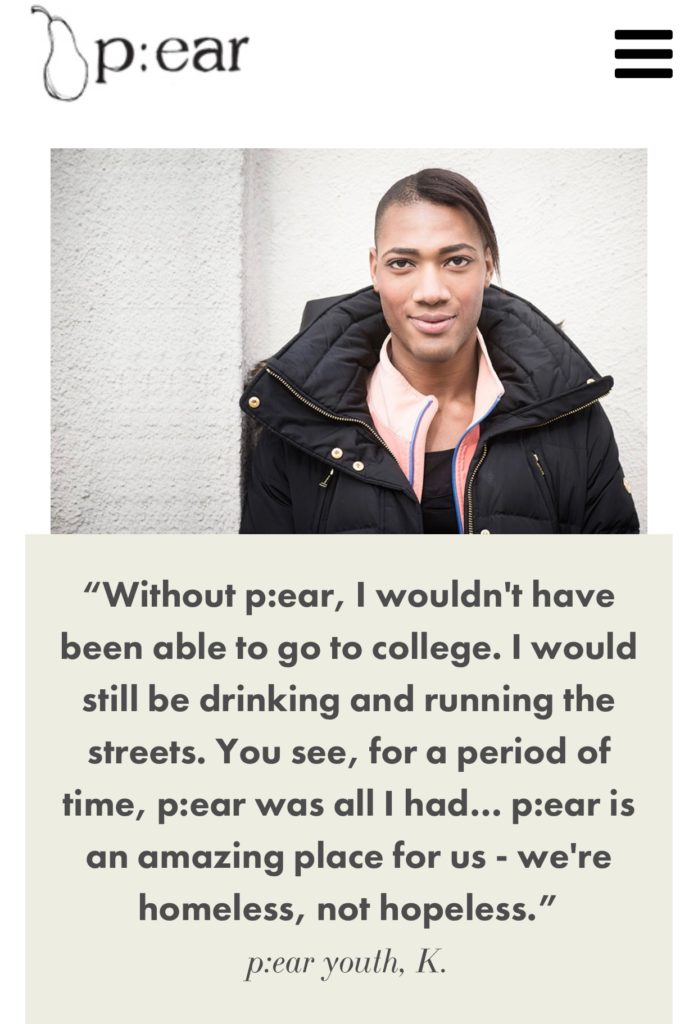
DONATE: p:ear
ATTEND: p:ear blossoms



